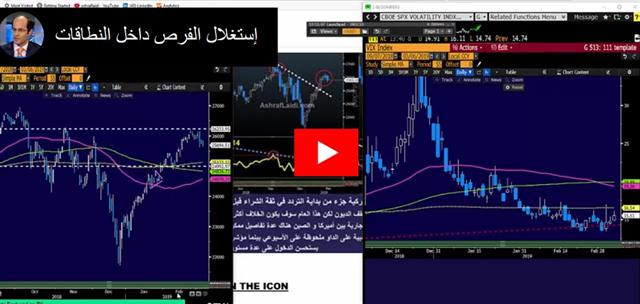ECB & TLTRO Explainer
The ECB decision is up next and all eyes are on the downward revisions to growth and inflation as well as any info on the TLTRO (more below).The Bank of Canada continued its retreat from higher rates in a surprise change to its forward guidance that undercut the loonie. NZD is the day's strongest performer, closely followed by AUD, while GBP is the only losing currency vs USD.
إستغلال الفرص داخل النطاقات (فيديو للمشتركين)
We warned the BOC might drop the explicit guidance toward higher rates in its statement and that's exactly what happened as Poloz replaced it with a watered down version that highlights a mixed picture and saying that it will take time to sort out.
USD/CAD jumped to 1.3450 from 1.3380 on the headlines. The pair was also boosted by a dismal Canadian trade balance report that highlights the lack of progress on boosting non-energy exports. In the day ahead, the BOC's Patterson will further clarify the outlook but the likely outcome is a further warning on economic weakness perhaps mixed with some longer-term optimism.
The US trade picture also darkened further as the December trade deficit missed expectations. The numbers are undoubtedly skewed by tariffs but it increasingly looks like companies boosted trade in the lead-up to the tariffs. That artificially raised activity and the months ahead could continue to see a drawdown in inventories.
The ECB announcement is due momentarily (12:45 GMT), followed by Draghi's press conference 45 mins later. Yesterday's leak suggested sharp reductions in forecasts for GDP and inflation this year with inflation projections trimmed through 2021. The new numbers will set the table for another round of TLTROs but those may not be announced today. Draghi, however, could soon be facing questions about what tools the ECB is prepared to deploy. A removal of the hiking bias is also overdue.
Difference between Refinancing Operations and Quantitative Easing Program
The ECB's refinancing operations, known as Targeted Long-Term Refinancing Operations are aimed at encouraging commercial banks in the Eurozone to borrow money from the ECB at very favourable rates. Unlike the quantitative easing program (which ended last year), these operations are made available to banks as an incentive, whereas the quantitative easing program comprised of the ECB purchasing bonds from banks and companies. QE may have had a rapid downward effect on yields and rates but did not necessarily lead to increased lending, which may be more negative for EUR than LTROS and TLTROs. In other words, the refinancing operations require borrowers (banks) to approach the ECB to take advantage of very low rates, which means the operations are more directly targeted at improving lending to the real economy. Banks with decent net lending figures will be able to borrow funds from the ECB at rates as low as -0.40%, enabling them to use the proceeds to lend out at higher rates.Latest IMTs
-
Bank of Japan Massacre or Yawn?
by Ashraf Laidi | Dec 18, 2025 20:50
-
EURGBP Eyes 8920
by Ashraf Laidi | Dec 17, 2025 19:31
-
Only One Stock سهم واحد فقط
by Ashraf Laidi | Dec 16, 2025 19:58
-
Gold During Recessions & Bear Markets
by Ashraf Laidi | Dec 13, 2025 12:29
-
AAOI & the Fed
by Ashraf Laidi | Dec 11, 2025 19:22








